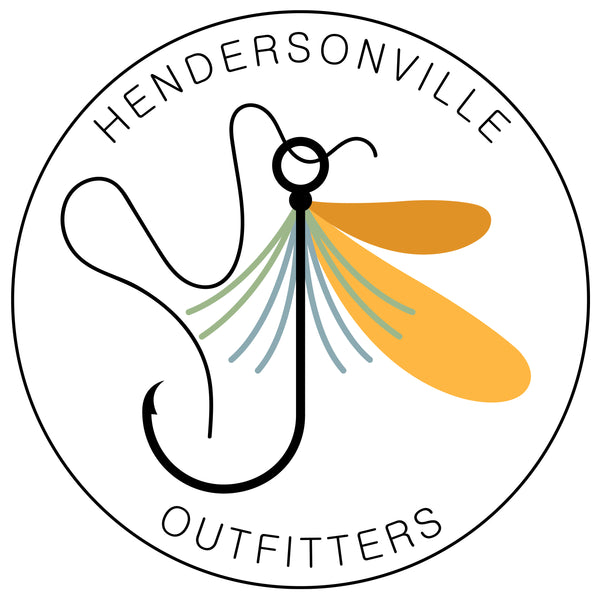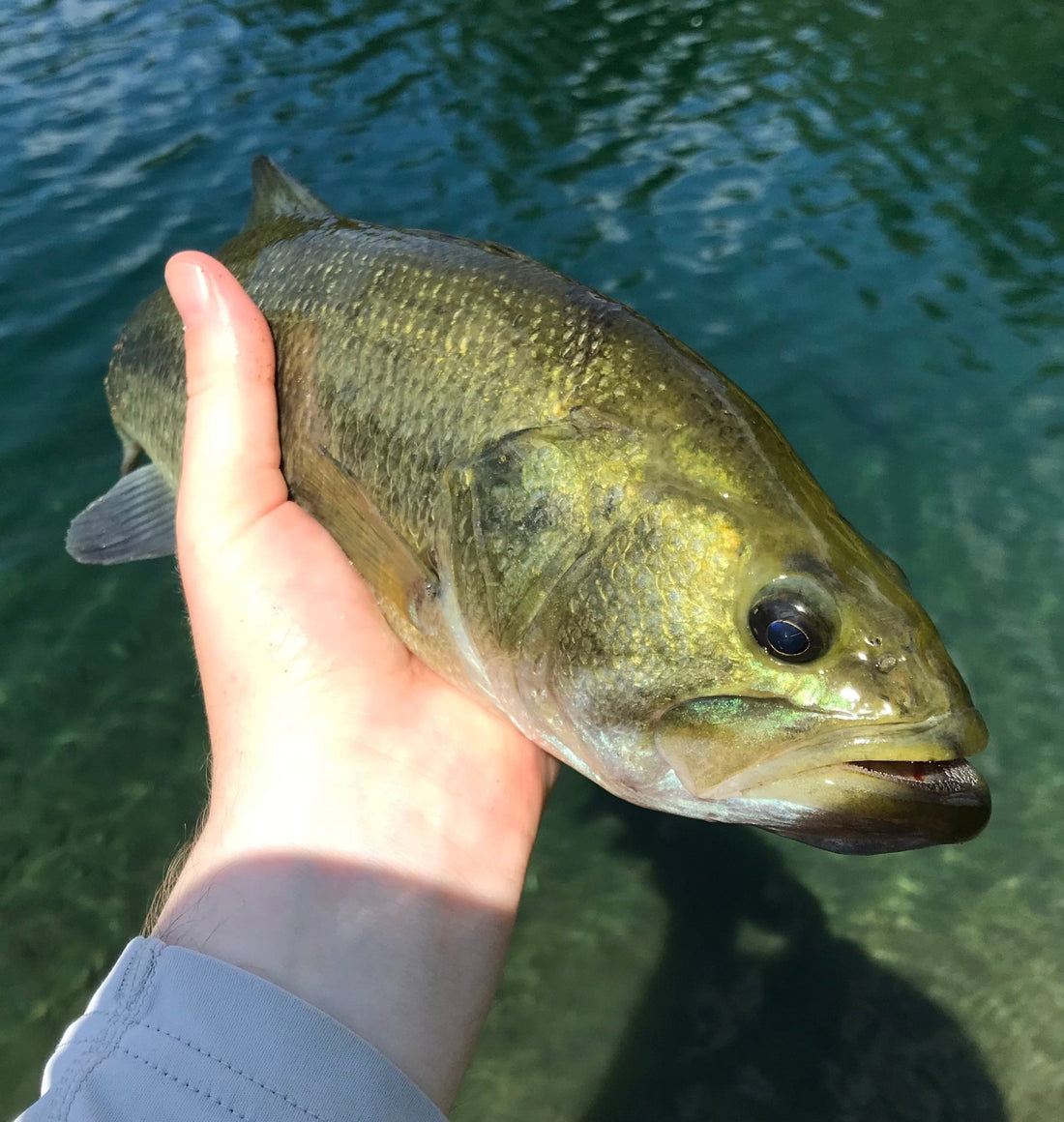We tend to stop noticing them on our daily drive, but that little body of still water tucked away in an apartment complex or old golf course has a plethora of life teaming under its unattractive waters. Ponds are a low oxygen environment compared to the trout stream but still harbor a nursery for all types of larval insects, worms, and amphibians and with this comes the things that eat them.
The fish that dwell in these ditches are highly adaptable and have a lower oxygen tolerance allowing them to take advantage of the tight living space. Make no mistake, just because they don’t live in a lake or river, if a food source is readily available they can grow and prosper to fantastic proportions even in the dirtiest little fountain pond in front of that gated community. So let’s talk about a few of our ditch denizens that can make for an exciting day of pond fishing.
Large Mouth Bass
The Large mouth bass that live in your local pond are not as famous as the ones being held up by a bass pro on a teched out boat, but they put up the same fight and can get just as large if conditions allow it. Largemouth bass in ponds may not get a shad run, but they do get plenty of young bream or sunfish to gorge apon, and lets not forget insect larva that are easy to hunt down like dragonfly larva. And of course…. Frogs! In a pond with a healthy frog population that is an absolute bounty of protein for a fish that can eat prey half its size. A bass living on frogs and tadpoles alongside its sunfish diet can grow fast and fat. Many of the larger bass I have caught have been out of little ponds with a mountain dew can or two floating around its banks and goose droppings scattering the landscape. But throw a Kermit popper in the evening on a summer night and that unattractive landscape can become your new honey hole.



The Common Carp
Gaining a ton of popularity in the fly fishing community, this big goldfish was introduced from Europe in the 1800’s as they are quite abundant there, and because of there tolerance for low oxygen they were able to travel and implant quite well. Although not in every pond you will find out fairly quick if they are around because they are large and hard to miss. You will usually see them circling the pond looking for invertebrates in the mud. Seeing a group of common carp coming at you can be thrilling and become a covert sight casting mission for a fish that puts up one hell of a display on a fly rod. Unlike the predatory largemouth bass, carp tend to forage near the bottom as they have a downturned mouth, but when food sources such as flying insects are plentiful, they will eat bugs in a manor that contends with a trout. Versatility is key with these slimy behemoths. A good grubby fly with dumbbell eyes can often get you in the strike zone, and with just the slightest movement to get there attention, a hungry carp will suck it up! If you are looking for a sight fishing experience and you have a pond filled with carp, it seldom gets more exciting than that in your tiny little slice of heaven.
The Channel Catfish
Of all the catfish species in the US, the channel catfish is the most widely distributed and seems to do quite well in a small environment. Here in the southeast many city and county park ponds are even stocked with channel cats to provide entertainment to local anglers…. Including those on the fly rod. Channels are pretty opportunistic feeder and don’t just eat the chicken liver or worm most people put on the bottom. I have seen many a catfish chase down a slow retrieved streamer. When you have a pond with channel catfish, these famous scavengers quickly become hunters with all the protein moving around them because they have to compete with all the other young channel cats trying to eat and grow as fast as they can.

I find when I hook channels on the fly its when I am bass fishing with streamers. It’s a fun surprise and they start by hitting like a truck. After a minute into a fight you notice that bass isn’t jumping and you cant turn its head, than you see that bug old head and those whiskers. Its fun stuff. Of all the north American game catfishes they are quite stunning too! Blue highlights with little spots and a streamline body. A jaw breaker fly is my choice when it comes to targeting channel cats in ponds, as it has a jug style that allows for bottom bumping, but I have also hooked them on good old wooly buggers too!
Growing up whenever I was driving with my father and he saw a small drainage or little weedy pond he would always say “we should try that.” That attitude will open up a whole new world of fishing that can be borderline obsessive. Nights looking at google maps for little splotches of blue that could potentially have public access quickly becomes part of the process and before you know it you have a little box of pond flies in your car for that quick escape after or before you go into work.
Try your best not to trespass and go hit the pond!


